10 Things You Should Know About Eating Out In Japan

Japan's restaurants have unique rules and manners that you won't find in other countries. We introduce guidelines that will make your Japan trip smoother, from tipping rules to when to take off your shoes, and what to order at izakayas.
Dining at Restaurants in Japan

The best thing about travel is, without a doubt, the local food. If you come to Japan, we encourage you to try the cuisine.
However, Japanese restaurants can have some unusual rules, services and manners that you don't see in other countries. If you go without knowing the rules, you might make a rather unfortunate mistake. In this article, we will introduce some things that might come in handy on your trip in Japan.
10 Things You Should Know About Eating Out In Japan
1. Tipping is Not Required
2. Otoshi Will be Served
3. Water is Free
4. Surprisingly Expensive "Cheap" Food
5. Order Drinks First at Izakaya
6. All-You-Can-Eat and Drink
7. Oshibori Are Free
8. Slightly Different Fast Food Menus
9. No Outside Food or Drinks Allowed
10. No Shoes Allowed on Tatami
1. Tipping is Not Required
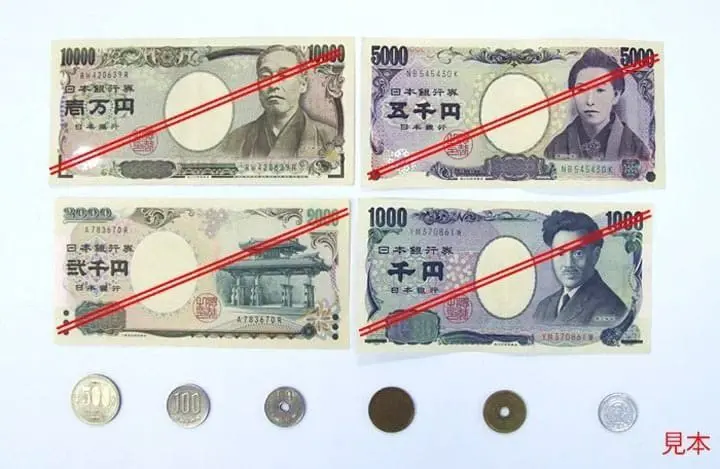
Picture from Basic Information Regarding Japanese Currency
Japan's no tip policy often confuses visitors from Western cultures. In general, in Japan, staff don't accept tips and might even return them to you. But there are some exceptions. Nowadays, some high-end restaurants may add a service charge to your bill instead.
Please remember that if you insist on giving tips to the staff, he or she might get in trouble afterwards.
2. Otoshi Will be Served
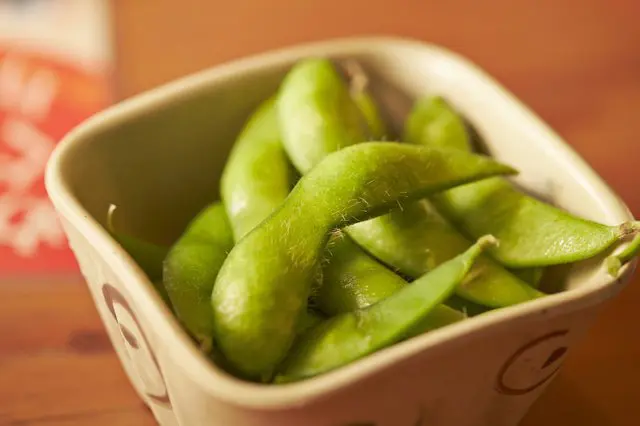
Photo by Pixta
Otoshi or tsukidashi is a small dish served at izakaya, or Japanese taverns. Some people say that it is a sign the first order was taken while others say it just gives customers something to eat while waiting for the rest of their food to arrive.
Otoshi is usually served without you asking for it and of course, is added to your check. It's understandable that travelers who don't know about this custom might feel like they were being ripped off by being asked to pay for something they didn't order.
3. Water is Free
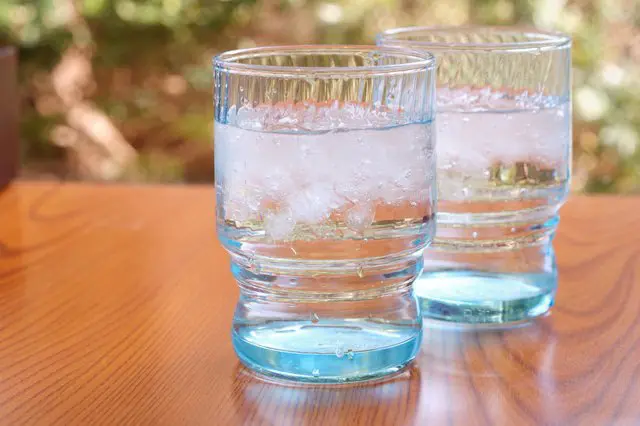
Photo by Pixta
In Japan, you are served water as soon as you get seated. This water, called ohiya, is always free. Some travelers are surprised to get it, especially when they receive cold water in the winter. Though, if you're lucky, you might receive hot tea instead of icy water.
4. Surprisingly Expensive "Cheap" Food

Photo by Pixta
Pizza delivery is fairly reasonable overseas, just as samgyeopsal in Korea is; they are really popular dishes in their own countries. However in Japan this isn't the case, and these are just two examples of the "supposed-to-be-cheap" foods that might set you back a few thousand yen more than you expect.
But don't feel too bad! You can enjoy Japanese food like sushi, tempura and ramen at very low prices.
5. Order Drinks First at Izakaya

Photo by Pixta
This isn't really a rule, but customers almost always start with drinks first and then order food at izakaya. Many choose beer as their first drink. If that's the drink of your choice, try this common phrase when making your first order: Toriaezu biru kudasai ("beer for now, please").
6. All-You-Can-Eat and Drink
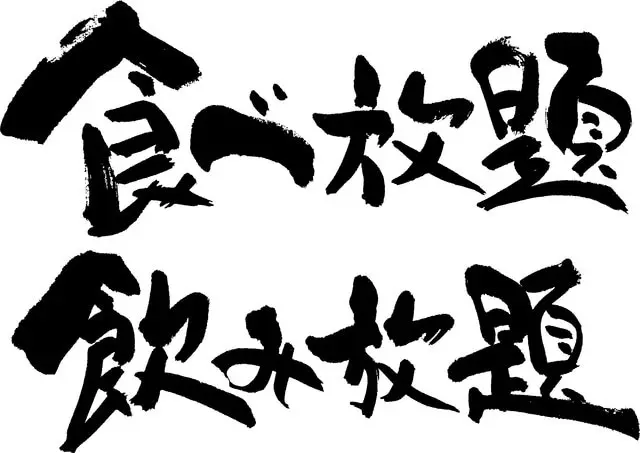
Photo by Pixta
Many restaurants offer tabe hodai "all-you-can-eat" and nomi hodai "all-you-can-drink" service. You can enjoy as much food and as many drinks (soft drinks and some alcoholic beverages) of the restaurant's choice until you can't eat/drink anymore (or until a set time-limit is reached), all at a reasonable price.
All-you-can-eat/drink service is especially common at izakaya, yakiniku (grilled meat) and sushi restaurants.
7. Oshibori Are Free

Photo by Pixta
At restaurants in Japan, oshibori are offered for free. An oshibori is a wet towel used to wipe your hands and around your mouth before and after your meal. Some places offer them cold while others offer warm ones; this may also depend on the season.
At izakaya, many visitors are amazed by this service as the staff hand over oshibori to each customer individually.
8. Slightly Different Fast Food Menus
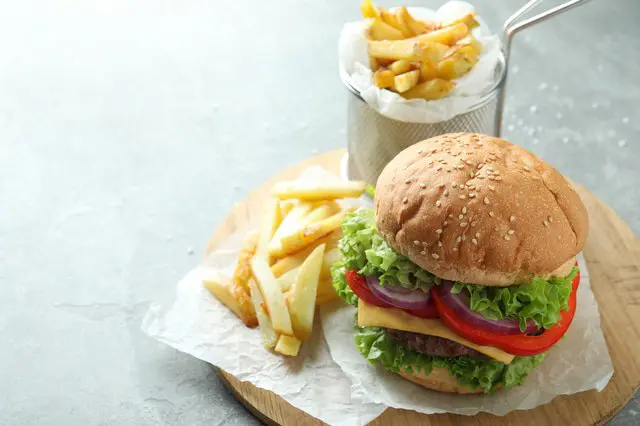
Photo by Poxta
World-famous fast-food chains like McDonald's and Subway are in Japan. After trying a lot of the local delights, even seasoned travelers long for a familiar dish from home.
But, those fast-food restaurants are not quite the same as the ones back home, a point that has confused and disappointed or amazed many travelers.
For example at McDonald's, a large drink in Japan is smaller than a medium drink in the United States. And, the staff will hand you an actual drink, rather than an empty cup because there aren't any self-serve drink fountains. That also means that refills aren't free, unlike in some other countries
On the other hand, special items, like teriyaki burgers and matcha-flavored desserts are only on the menus of restaurants in Japan.
9. No Outside Food or Drinks Allowed (Some Exceptions)
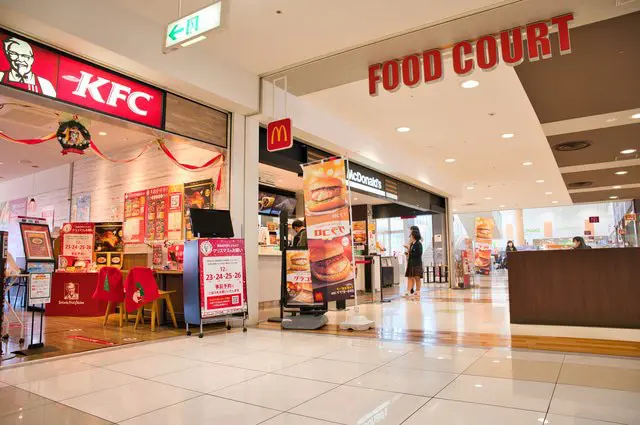
Photo by Pixta
Food courts inside shopping malls are some of the exceptions to the outside food and drink rule.
This "no outside food or drinks allowed" rule could surprise visitors, especially those from other Asian countries. It is considered impolite and not permitted at most restaurants, cafes, and bars.
But some businesses, such as food courts inside shopping malls, don't strictly enforce this rule.
10. No Shoes Allowed on Tatami
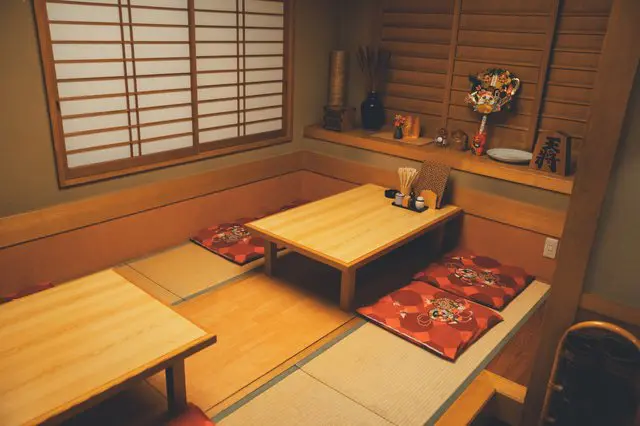
Photo by Pixta
Some izakaya and Japanese restaurants have zashiki, which is a Japanese style room with tatami in addition to tables and bars. Before going into zashiki, you are expected to take off your shoes and place them inside a locker or near your seat.
Even in the same restaurant, you are expected to keep your shoes on at the normal dining tables and to take them off in the zashiki place.
Savor the World of Dining Out in Japan
So, what do you think? We hope the information was helpful or at least enjoyable. Now that you have read this, you have nothing to worry about when you get hungry in Japan. You'll be ordering and eating delicious Japanese food among the locals in no time!
MATCHAで編集やってます植松です。87世代。





































![[Coupon Available] Attention Overseas Winter Sports Fans! Nagano's Sports Depot Has Evolved](https://resources.matcha-jp.com/resize/720x2000/2026/01/05-254819.webp)